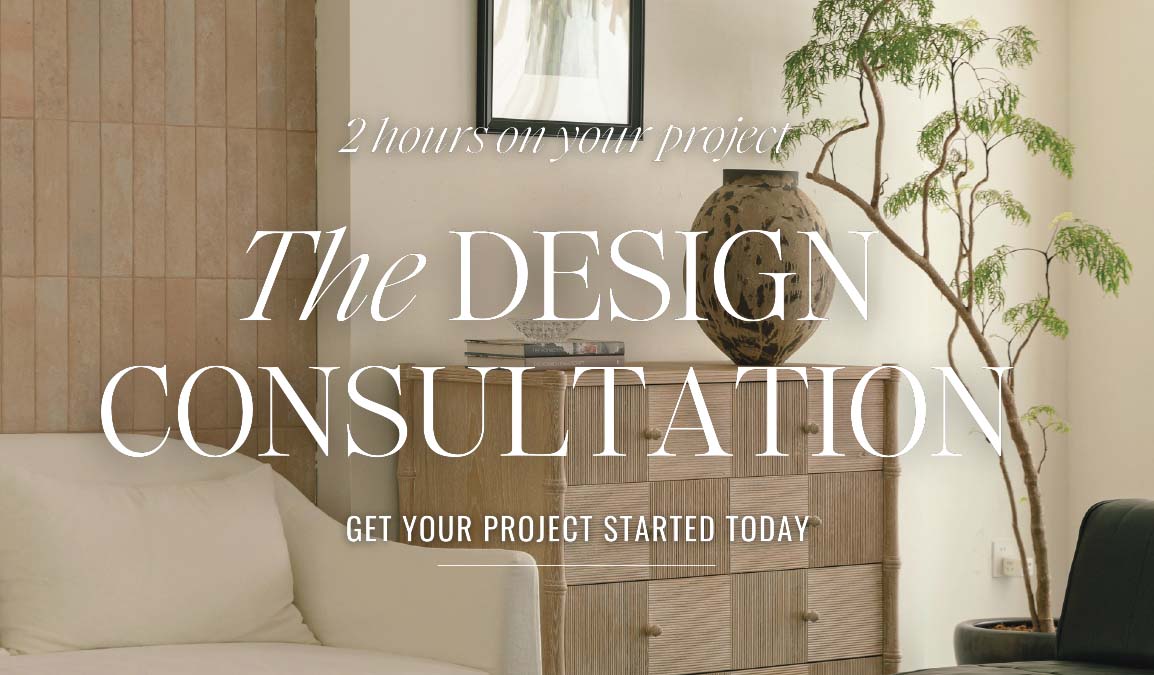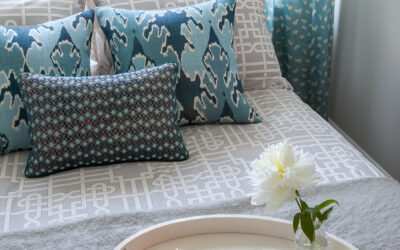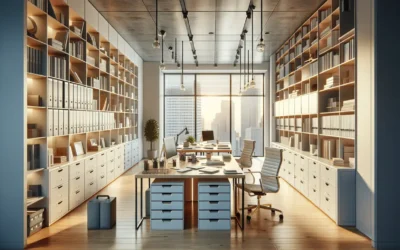Luxury today is no longer defined by chandeliers and marble lobbies alone. For the world’s best hotels and branded residences, true luxury lies in creating environments that anticipate human needs—quieting the mind, supporting well-being, and offering choice to every guest. Neuroinclusive design, once discussed primarily in workplace strategy, is quickly becoming a defining factor in hospitality interiors.
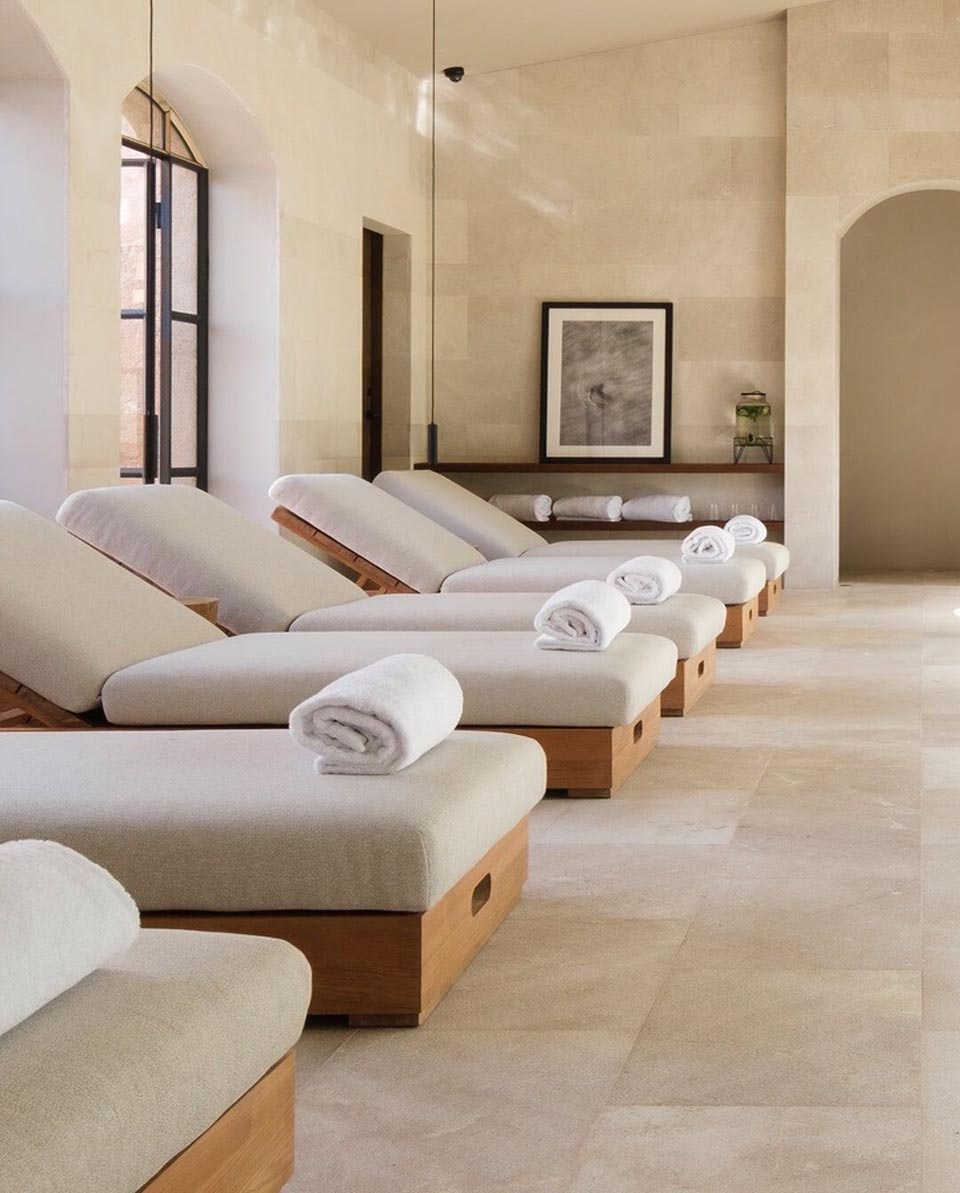
Why Neuroinclusivity Matters in Hotels
Neuroinclusive design acknowledges that guests process space differently. Some thrive in bright, bustling lounges; others seek retreat in quiet nooks where sound and light are softened. In hospitality, where guest experience directly translates to loyalty and revenue, designing for this range of needs is no longer optional. It is the competitive edge.
Consider a lobby where check-in kiosks are positioned away from high-traffic doors, or a guest suite where layered lighting allows visitors to choose between bright task illumination and warm ambient glow. These are small accommodations that shape how welcome—and how understood—guests feel.
Material Choices That Shape Experience
Hotels that master neuroinclusive design do so through materials as much as layout. Hard, glossy surfaces may sparkle, but they also amplify sound. A honed limestone floor paired with plaster walls absorbs echo and diffuses light, creating calm rather than glare. Handwoven textiles—whether in upholstery or drapery—add visual depth and a subtle tactile invitation. Even the difference between lacquered versus matte finishes shifts how a guest perceives comfort.
These decisions are not aesthetic alone; they are sensory strategies. A neuroinclusive hotel understands that acoustics, texture, and reflection levels are as critical as the artwork on the wall.
A Designer’s Perspective
When I design for hotels, I think about what guests will say the morning after their first night’s sleep. If they describe feeling rested and cared for, then the design is working. Neuroinclusive design is about anticipating those needs before a guest ever names them—it’s the difference between a space that is photographed well and a space that lives well.
The ROI of Empathy
Developers often ask: is this simply another design movement? The truth is neuroinclusivity is a business imperative. Hotels that offer environments where every guest can thrive see stronger reviews, longer stays, and repeat bookings. In a market where loyalty is fragile, experience becomes currency.
The hospitality spaces that endure are those designed with empathy—and empathy, in this case, is not an indulgence but a strategy.
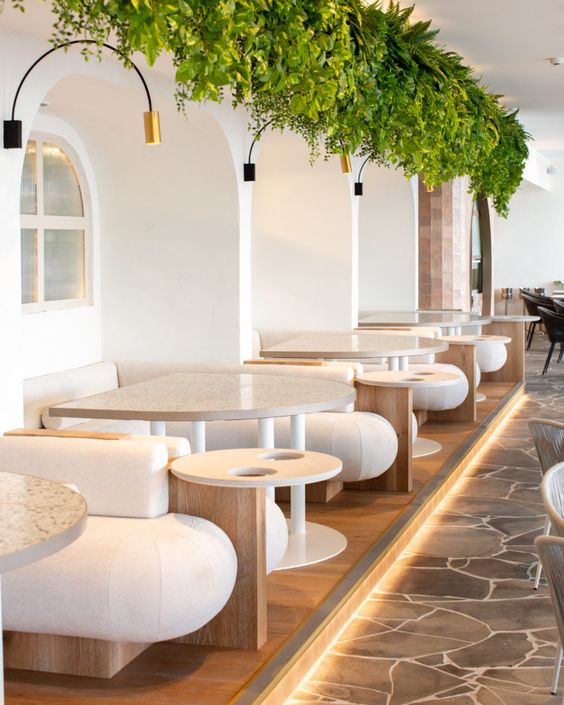
Moving from Trend to Standard
The history of design is filled with shifts that began as accommodations and became universal. Curb cuts designed for wheelchairs now benefit travelers with rolling suitcases. In the same way, the acoustically balanced lounge or the customizable guest suite designed with neurodiverse guests in mind ultimately elevates the stay for all.
An Invitation
If you’re shaping a boutique hotel or branded residence, design decisions today will define guest loyalty tomorrow. I work with developers and hoteliers to ensure those decisions translate into lasting reputation and return—spaces that not only photograph beautifully but live beautifully.
Neuroinclusive Hotel Design: Your Questions Answered
What is neuroinclusive design in hotels?
Neuroinclusive design in hospitality creates environments that support diverse sensory and cognitive needs. This means designing lobbies, suites, and amenities with choice—quiet areas as well as social spaces, layered lighting instead of a single glare, and materials that reduce echo and visual overstimulation.
How does neuroinclusive design benefit hotels?
Hotels that embrace neuroinclusive principles see higher guest satisfaction, stronger reviews, and repeat bookings. By accommodating a wider range of guests, from business travelers to families, properties strengthen their reputation as welcoming, thoughtful, and truly luxurious.
What are examples of neuroinclusive hotel design?
Examples include:
-
Guest rooms with adjustable lighting (task, ambient, and blackout).
-
Carpets or acoustic panels in corridors to reduce noise fatigue.
-
Zoned lobbies with both lively gathering spaces and quiet seating nooks.
-
Use of matte finishes, soft textures, and natural materials to reduce glare and add comfort.
Is neuroinclusive design expensive?
Not necessarily. Many strategies involve thoughtful planning rather than costly overhauls—such as positioning seating away from high-traffic areas, layering lighting, or specifying sound-absorbing materials. When seen as an investment, the ROI is significant: improved guest loyalty and premium market positioning.
Why is neuroinclusive design considered the “next luxury” in hospitality?
Because true luxury is about how a space makes you feel. A neuroinclusive hotel doesn’t just impress visually—it allows every guest to feel rested, focused, and cared for. That emotional resonance is what transforms a stay into a memory and a guest into a loyal advocate.
SOMETHING FOR EVERYONE
THE PIECES RACHEL RETURNS TO, AGAIN AND AGAIN

